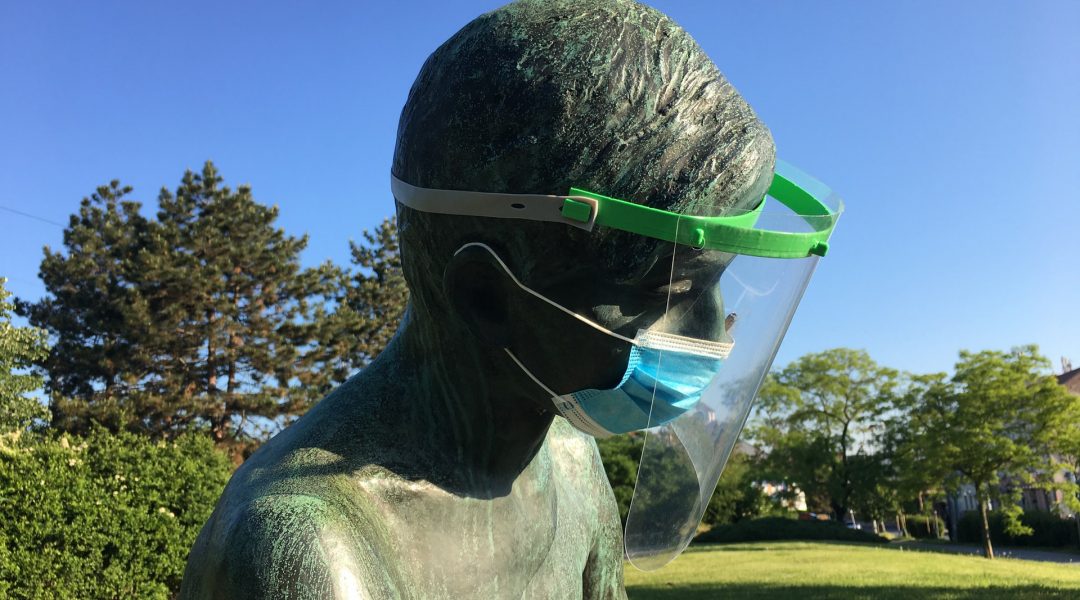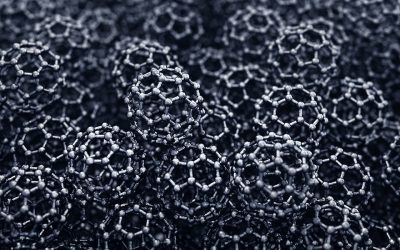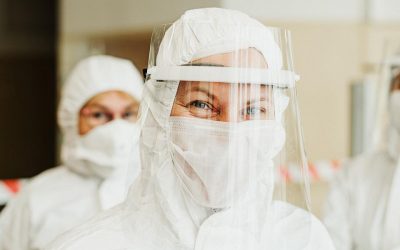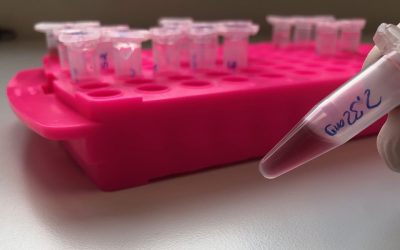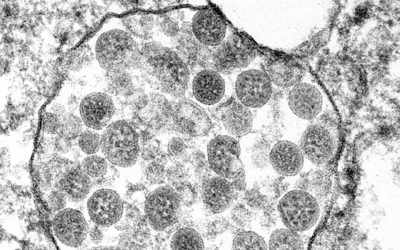Photo by Martin Kopta on Unsplash
Across the world, the various rules and regulations regarding the wearing of face masks and coverings in response to the ongoing coronavirus pandemic have become part of everyday life for many people.
Along with this “new normal” there has been much discussion about exactly which types of masks are effective — both in terms of protecting the mask wearer from the virus, and in terms of the mask wearer protecting other people when they cough — and which aren’t.
Recently, there have been more people opting to wear face shields or visors, as well as masks with exhalation valves, over cloth or surgical masks, as the former are often more comfortable to wear. In particular, face shields consisting of transparent plastic have become important for people who are hard of hearing, as they often rely on being able to see the mouth of the person they are communicating with to understand them.
Now, researchers have investigated the efficacy of face shields and valved masks and their results have been published in Physics of Fluids. They simulated coughs and sneezes by using a hollow manikin head with a pressure impulse from a manual pump. The matter expelled from the simulated coughs and sneezes composed of droplets of distilled water and glycerin, which were expelled through the mouth opening, and lasers detected and visualized the spatial and temporal development of the particles.
“As students return to schools and universities, some have wondered if it is better to use face shields, as they are more comfortable and easier to wear for longer periods of time,” said Siddhartha Verma, the first author of the paper, in a press release. “But what if these shields are not as effective? You would be essentially putting everyone in a tight space with droplets accumulating over time, which could potentially lead to infections.”
For face shields, it was found that whilst they effectively block incoming particulate matter from reaching the wearer’s face, they are less effective in containing particles if the wearer themselves coughed or sneezed. The particles were found to move around the face shield with relative ease.
Similar results were found for face masks equipped with exhalation valves; if the wearer coughed, large particles were found to easily travel through the valve unfiltered, posing a great risk to others if the person wearing such a mask is infected with the coronavirus.
The research therefore suggests that surgical or cloth masks are more effective than face shields and masks with exhalation valves. Of course, masks alone are not 100% effective against coronavirus transmission either, therefore Vema stresses the need to maintain social distancing when possible, even with face masks.

